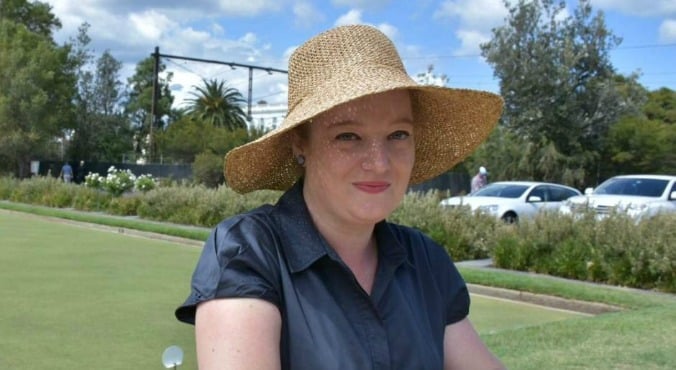
Image: Alice Woolvin had a skin cancer removed last year (ABC). By Margaret Paul for ABC.
When to slip, slop, slap is about to become clearer as five national health bodies aim to relieve confusion about whether Australians should spend less or more time in the sun via new guidelines.
Experts say many Australians are confused when it comes to balancing skin protection with the need for vitamin D.
The new guidelines urge people to avoid deliberate sun exposure in summer, when the UV index is three or above, to minimise the risk of skin cancer.
But they argue sun protection is largely not needed in winter, when the UV index is below three, and people should seek out some midday sun to increase their vitamin D levels.
Associate Professor Peter Foley from the Australasian College of Dermatologists said there were a lot of mixed messages.
“We see a lot of people asking the question, should they be spending more time in the sun,” he said.
“And we really like to remind them that skin cancer is our most common cancer, two out of three are going to develop skin cancer, you have to protect yourself.”
Osteoporosis Australia’s Professor Peter Ebeling said about a quarter of Australians had a vitamin D deficiency, which could lead to bone problems like fractures and osteoporosis.
“When the UV index is below three, between May and December, please get outside at midday, roll up your sleeves go out for a walk, you’ll feel better but also you’ll help build up your vitamin D levels,” he said.
But Mr Ebeling said even those at risk from vitamin D deficiency should not spend a lot of time in the sun during summer.
“Even just walking around doing your day to day activities that will probably generate enough vitamin D,” he said.
